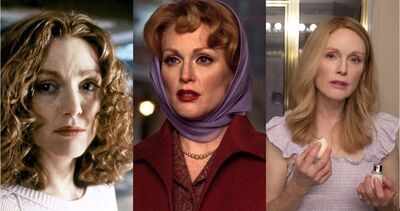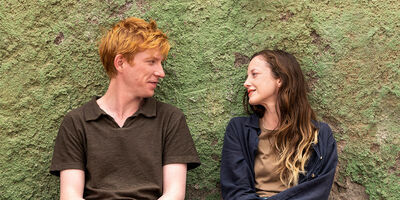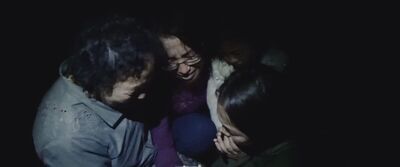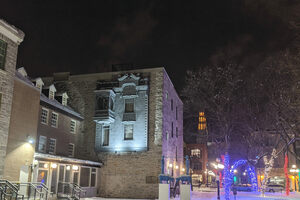Asakura Gallery in Tokyo, Japan
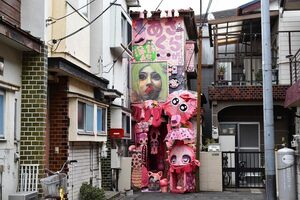
Originating from Harajuku, Japan’s kawaii subculture has found its way beyond Tokyo, influencing the rest of the world in its sugary wake. Even so, the notoriously dodgy district of Takenotsuka may be the last place in Tokyo one would expect such as culture to materialize, let alone thrive.
And yet, here stands the Asakura Gallery, where kawaii meets poisonous.
Located in the quiet corner of a residential neighborhood, visitors can sense its strange, quasi-sinister aura with a single look: a small two-story house painted in dazzling pink, covered all over with disturbingly kawaii art. As visitors stop and hesitate before entering, they’ll find themselves being stared at by characters with Margaret Keane-esque big eyes that surround the narrow, unlit entrance.
Once inside, the gallery’s owner and artist Shuhei Tsuji greets guests and heartily gives them a tour through the building, where he works on new art day after day. After inheriting the house from his grandmother, Tsuji gave it a drastic makeover and transformed it into a quirky art gallery, furnished with hundreds of his works. Pop and surreal pieces of outsider art fill up this space, from floor to ceiling (literally).
Drenched in every shade and hue of pink, the first-floor interior is decorated with glitter, hearts, plushies, and cartoonish paintings of doll-like girls hanging on each wall. However, among the artwork are grotesque, often violent imagery. Ominous kanji characters that mean “blood,” “curse,” and “poison” can be found everywhere.
In the corner of what was once the living room sits a bizarre Buddhist-style altar, on which a portrait of Tsuji’s grandmother stands. Next to it is an effigy of some flesh-colored, heart-studded Lovecraftian entity, adorned with sparkly prayer beads seated upon a heap of candy wrappers.
Climbing up the narrow staircase, visitors can check out the upper atelier, where more untitled paintings are exhibited by the dozens. The opposite side of the staircase has been renovated into a slide, a relic from the times when the gallery served mainly as a favorite haunt of local grade-schoolers. There’s also a swing downstairs, as well as several doodles by said children.
According to Tsuji, every single thing in his art gallery is available, including the gallery itself, which is up for sale for 60 million yen (approx. US$560,000). Once the house is sold off, he intends to move on to a new, bigger gallery where he can continue creating his art.
